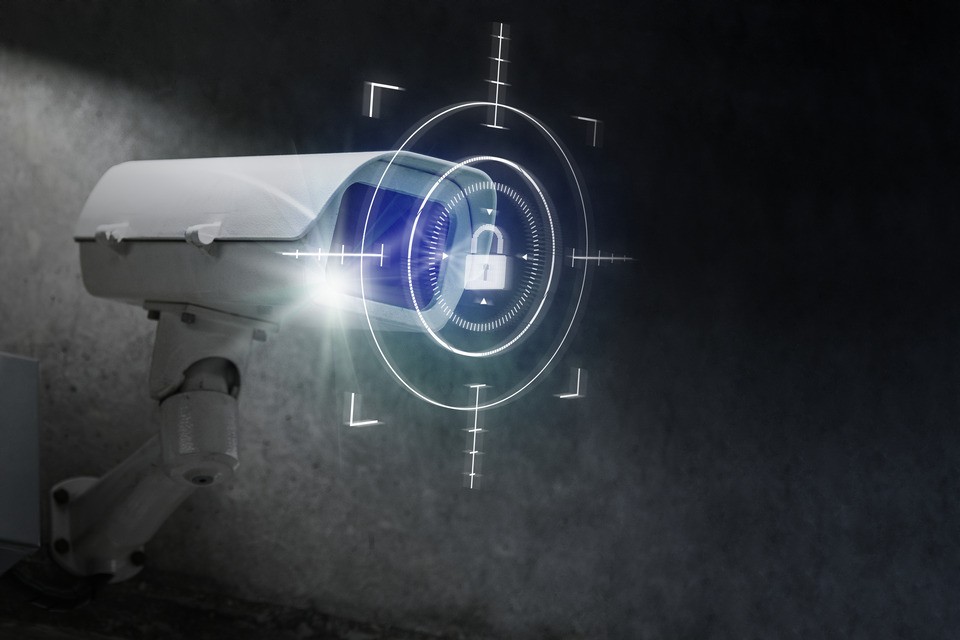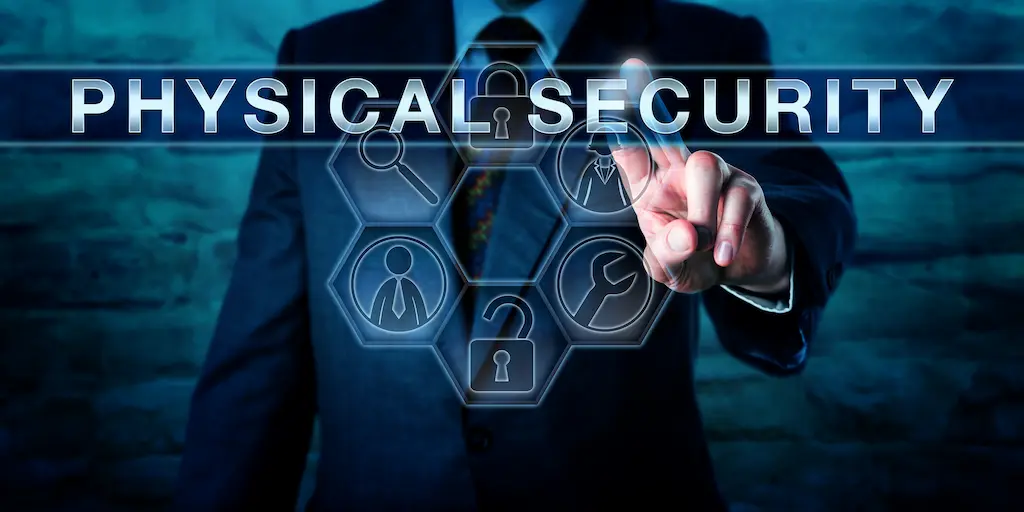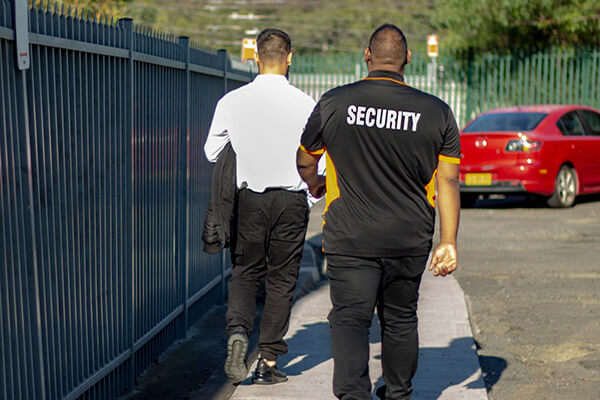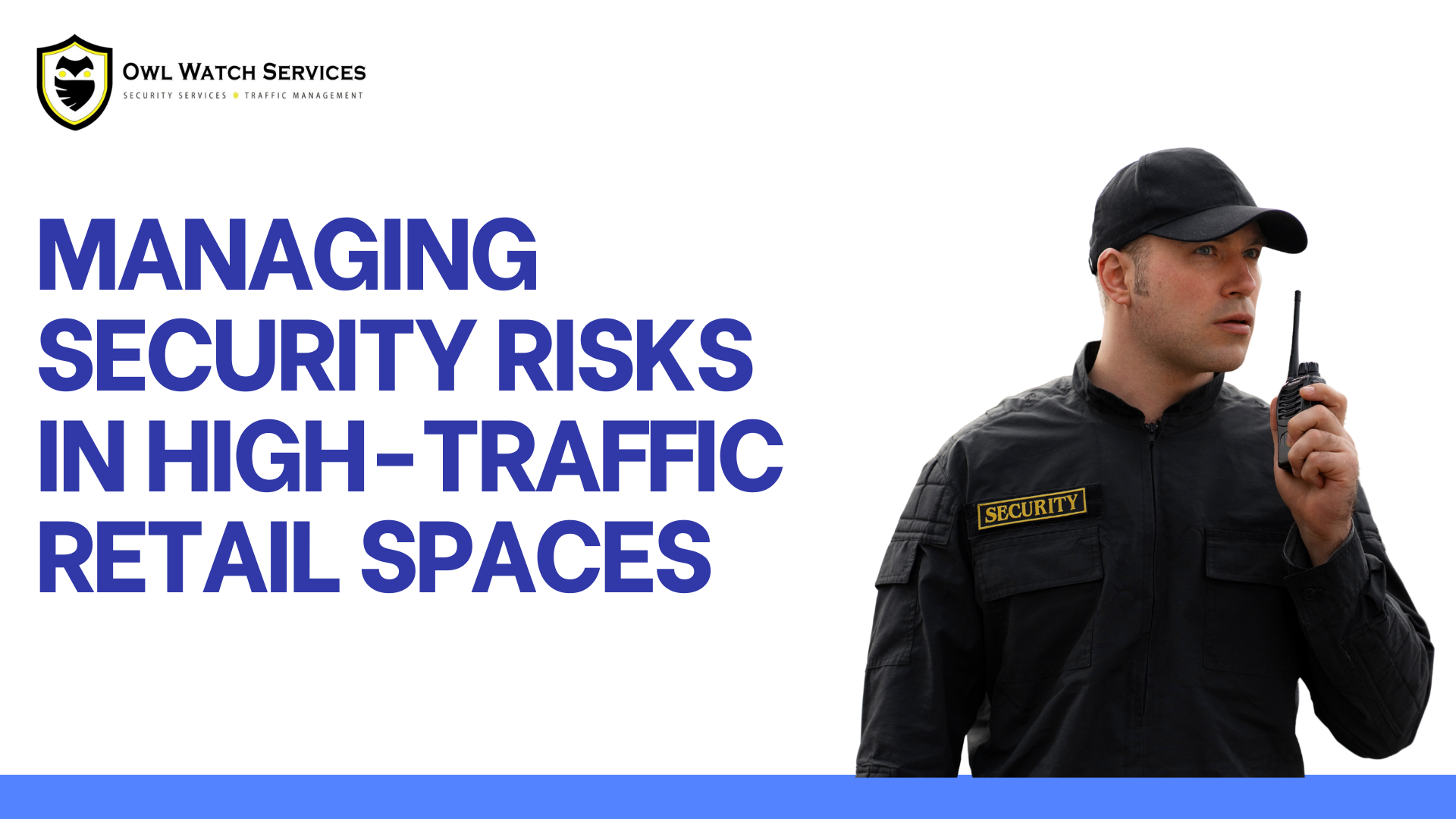High-traffic retail spaces, bustling with activity and teeming with customers, present unique security challenges. Managing these risks effectively is crucial for ensuring the safety of customers and staff, protecting assets, and maintaining a secure environment. This article delves into the strategies and technologies that can help mitigate security risks in these dynamic settings.
1. Comprehensive Security Assessments
The first step in managing security risks is conducting a thorough assessment of the retail space. This involves identifying vulnerable areas, understanding potential threats, and evaluating current security measures. A comprehensive assessment provides a baseline for developing targeted security strategies.
- Vulnerability Identification: Identify areas susceptible to theft, vandalism, or unauthorized access.
- Threat Analysis: Understand the nature and likelihood of potential threats.
- Current Measures Evaluation: Assess the effectiveness of existing security systems and protocols.
2. Implementing Advanced Surveillance Systems

Modern surveillance technology plays a pivotal role in securing high-traffic retail spaces. Advanced cameras and monitoring systems offer real-time visibility and can deter criminal activity.
- High-Resolution Cameras: Ensure clear footage that can aid in identifying suspects and incidents.
- Remote Monitoring: Allow security personnel to monitor the premises from a central location.
- Integration with Analytics: Use AI and machine learning to detect suspicious behavior automatically.
3. Enhancing Physical Security Measures

Physical security measures, such as barriers, locks, and alarms, are fundamental in protecting retail spaces. These measures should be robust and regularly maintained to ensure their effectiveness.
- Access Control Systems: Limit entry to restricted areas using key cards, biometrics, or PIN codes.
- Security Barriers: Install gates, bollards, or barriers to control crowd flow and prevent unauthorized access.
- Alarm Systems: Use alarms to alert security personnel to breaches or unauthorized activity.
4. Staff Training and Awareness Programs
Employees are the first line of defense in any retail security strategy. Regular training and awareness programs can equip them with the knowledge and skills to identify and respond to security threats.
- Suspicious Behavior Recognition: Train staff to recognize and report unusual behavior.
- Emergency Procedures: Ensure employees know how to respond to security incidents or emergencies.
- Theft Prevention Tactics: Educate staff on techniques to prevent shoplifting and internal theft.
5. Utilizing Security Personnel Effectively

Security personnel, whether in-house or contracted, are vital in maintaining a secure environment. Their presence can deter criminal activity, and their training allows them to handle incidents professionally.
- Visible Presence: Place security personnel in strategic locations to act as a deterrent.
- Patrol Schedules: Implement regular patrols to monitor different areas of the retail space.
- Incident Response: Ensure security personnel are trained in conflict resolution and emergency response.
6. Leveraging Technology for Enhanced Security
Emerging technologies offer new ways to enhance security in retail spaces. From smart sensors to predictive analytics, these tools can provide a proactive approach to managing risks.
- Smart Sensors: Use sensors to detect motion, glass breakage, or unauthorized access.
- Predictive Analytics: Analyze data to predict potential security incidents and prevent them proactively.
- Mobile Security Apps: Equip staff and security personnel with mobile apps for real-time communication and incident reporting.
7. Regular Review and Update of Security Protocols
Security threats evolve, and so should your security protocols. Regularly reviewing and updating security measures ensures they remain effective against new and emerging threats.
- Audit Security Systems: Conduct regular audits to identify weaknesses and areas for improvement.
- Update Training Programs: Refresh training programs to include new threats and technologies.
- Feedback Loop: Create a system for staff to provide feedback on security measures and suggest improvements.
Conclusion
Managing security risks in high-traffic retail spaces requires a multi-faceted approach that combines technology, physical measures, and human resources. By conducting comprehensive assessments, implementing advanced surveillance, enhancing physical security, training staff, utilizing security personnel effectively, leveraging technology, and regularly reviewing protocols, retail spaces can create a safe and secure environment for customers and staff alike.
For professional security solutions tailored to high-traffic retail environments, visit Owl Watch Services.


